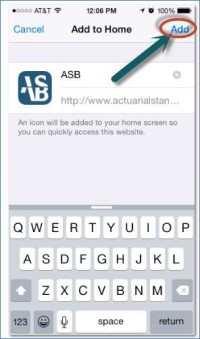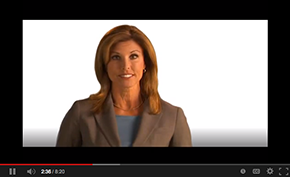This month’s “Professionalism Counts” highlights and provides some background information on the recently promulgated and much-anticipated actuarial standard of practice (ASOP) on modeling that the Actuarial Standards Board (ASB) released this month. ASOP No. 56, Modeling, applies to all practice areas and will be effective for work performed on or after Oct. 1, 2020.
Explaining the importance of the new standard, Dale Hagstrom, chairperson of the Modeling Task Force, said, “Modeling is a balancing act, requiring professional judgment. A model can help maintain structure in analyzing a problem, but the actuary needs to be wary of simply accepting model output. I hope the new ASOP No. 56 helps guide the actuarial profession as models become ever more important.”
The scope of the standard is broad, but the ASOP recognizes that the actuary’s responsibilities may extend to performing actuarial services related to an entire model or to only a small portion of a model. The standard applies only to the extent of the actuary’s responsibilities.
ASOP No. 56 applies to actuaries in any practice area when performing actuarial services with respect to designing, developing, selecting, modifying, or using all types of models. For example, an actuary using a model developed by others in which the actuary is responsible for the model output is subject to this standard.
The standard also applies to actuaries reviewing or evaluating models, in that the reviewing or evaluating actuary should be reasonably satisfied that the actuarial services were performed in accordance with the standard. In addition, the reviewing or evaluating actuary should apply the guidance in the standard to the extent practicable within the scope of the actuary’s assignment.
The ASOP also applies to the actuary when, in the actuary’s professional judgment, the intended user’s reliance on the model output has a material effect for the intended user. This judgment should be made within the context of the use of the model output and the needs of the intended user, based on facts known by the actuary at the time the actuarial services were performed. For example, the actuary may need to apply the guidance in the standard when performing actuarial services in relation to pension plan contribution and cost projection models, insurance pricing models, predictive models, reserving models, and insurance company financial planning models.
The modeling standard evolved from the ASB’s earlier work on standards, which began in the late 1990s. Motivated primarily to address the role catastrophe modeling of earthquakes and hurricanes played in casualty ratemaking, the ASB focused on the use of specialized models where actuaries would have to rely on a model that was developed by professionals other than actuaries. As a result of this work, the ASB approved ASOP No. 38, Using Models Outside the Actuary’s Area of Expertise, in June 2000 with the scope of the standard limited to the property/casualty area of practice. Historically, ASOP No. 38 had been the only ASOP that specifically addressed modeling.
Since then, the number and importance of modeling applications in actuarial science have increased, with the results of actuarial models sometimes being reflected in financial statements. Recognizing this trend, the ASB asked the Life Committee in 2010 to begin work on an ASOP focused on modeling. In February 2012, a discussion draft titled Modeling in Life Insurance and Annuities was released, asking for comment on the idea of expanding the scope to all practice areas.
Based upon the feedback received and numerous other discussions on the topic of modeling, in December 2012 the ASB created two multidisciplinary task forces under the direction of the General Committee: i) a general Modeling Task Force, charged with developing an ASOP to address modeling applications in all practice areas, and ii) a Catastrophe Modeling Task Force to consider expanding ASOP No. 38 to all practice areas while focusing exclusively on using catastrophe models.
ASOP No. 56 sprung from the work of the Modeling Task Force at the direction of the ASB. During its development, the draft ASOP was exposed for comment by the ASB four times and received a total of 139 comment letters. A revision of ASOP No. 38, Catastrophe Modeling (for All Practice Areas), developed by the Catastrophe Modeling Task Force, was adopted by the ASB in 2014, but has been held pending the finalization of the Modeling ASOP. Now that ASOP No. 56 has been approved, the ASB will review the previously approved ASOP No. 38 for any changes necessitated by ASOP No. 56 and take appropriate action.




